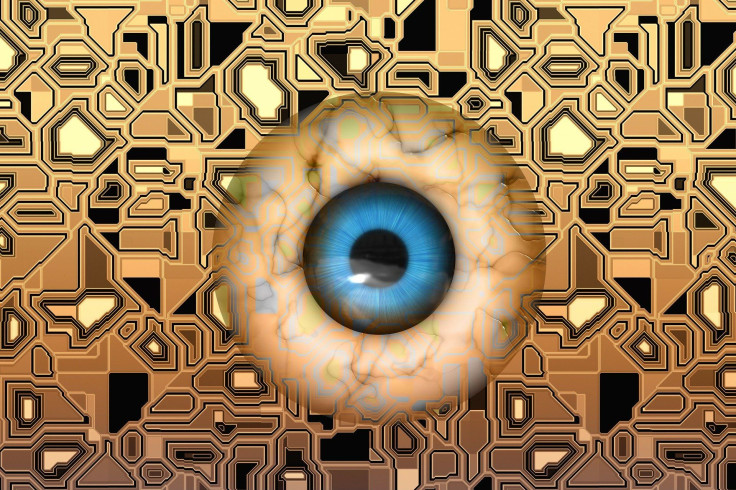Scientists Discover Artificial Eye With Hemispherical Retina That Outperforms Its Biological Counterpart

KEY POINTS
- Mimickinga biomimetic eye by technology has been quite a challenge
- Scientists have now mimicked human eye’s photoreceptor cells using perovskite nanowires
- New artificial eye has potential to produce images at resolutions higher than human version
The researchers at the Hong Kong University of Science and Technology have unveiled an artificial device that closely mimics the structure and function of the human eye.
Artificial eyes often featured in science fiction has been a challenge in reality since the hemispherical retina of the human eye can be difficult to mimic. But this innovative, concavely hemispherical retina has the potential to outperform human vision. The researchers believe that such a discovery could lead to sharper robotic vision and prosthetic devices.
The researchers were able to create a biomimetic device that had a hemisphere-shaped retina made of a high-density array of nanowires in a way similar to the photoreceptors located on a human retina.
The researchers believed that a conductive and light-sensitive material called ‘perovskite’ used in solar cells can be used to make nanowires that are as thin as several thousandths of a millimeter in length. These wires mimic the structure of photoreceptor cells located in the retina.
“But the difficulty is: How can we fabricate an array of the nanowires in a hemispherical substrate to form this hemispherical retina? Constructing a curved retina is important because light only hits it after passing through a curved lens,” the study’s co-author Zhiyong Fan, an electronic and computer engineer at the Hong Kong University of Science and Technology told Scientific American.
They deformed soft aluminum foil into a hemispherical shape and then treated it using an electrochemical process which converted it into aluminum oxide, which is an insulator. Doing this also studded the material with tiny nanoscale pores. This resulted in the formation of a curved hemisphere that had densely clustered holes inside which perovskite nanowires could be inserted.
“When you try to image something, the image that forms after the lens is actually curved. If you have a flat sensor, then the image cannot be focused very sharply. The retina is curved, but electronic light sensors are rigid and flat,” Hongrui Jiang, an electrical engineer at the University of Wisconsin–Madison, who reviewed the new paper but was not directly involved in the work told Scientific American.
Once they had a curved retina, it was incorporated into an artificial eye that comprised of a curved lens at the front. They also filled this biomimetic version with an ionic liquid which allowed the movement of charged particles.
“The device design has a high degree of structural similarity to the human eye with the potential to achieve high imaging resolution when individual nanowires are electrically addressed,” said the researchers in their paper published in Nature.
© Copyright IBTimes 2025. All rights reserved.






















